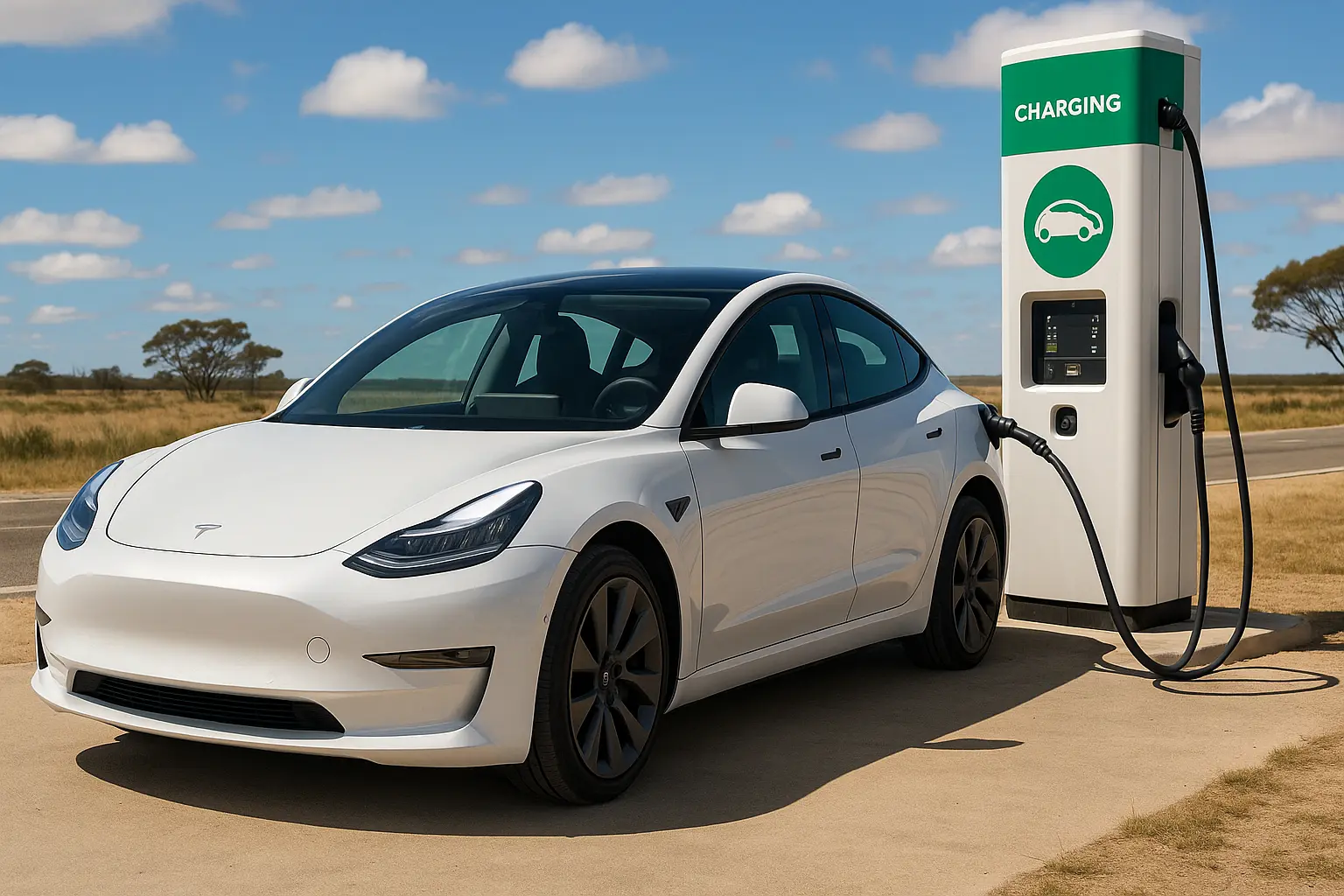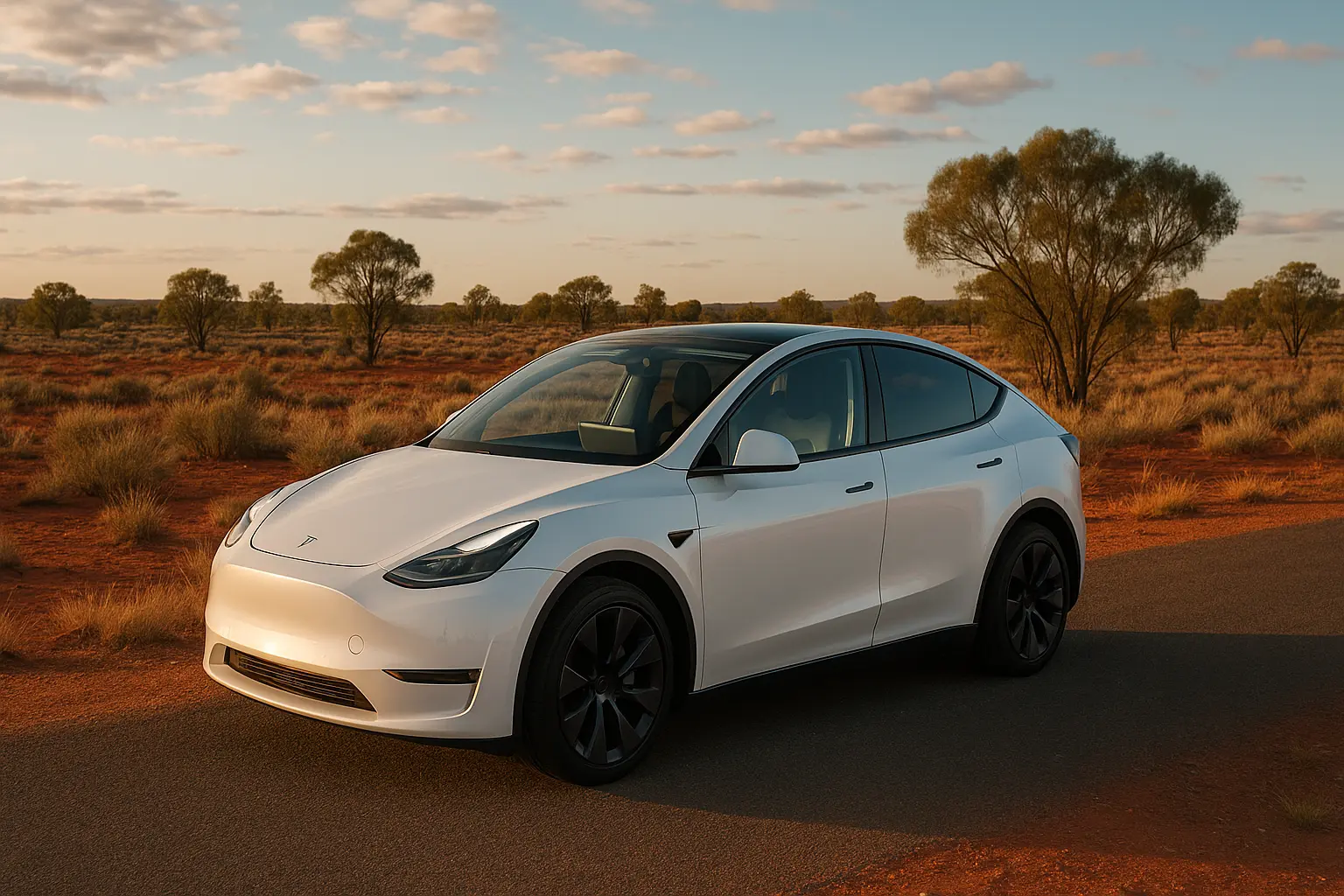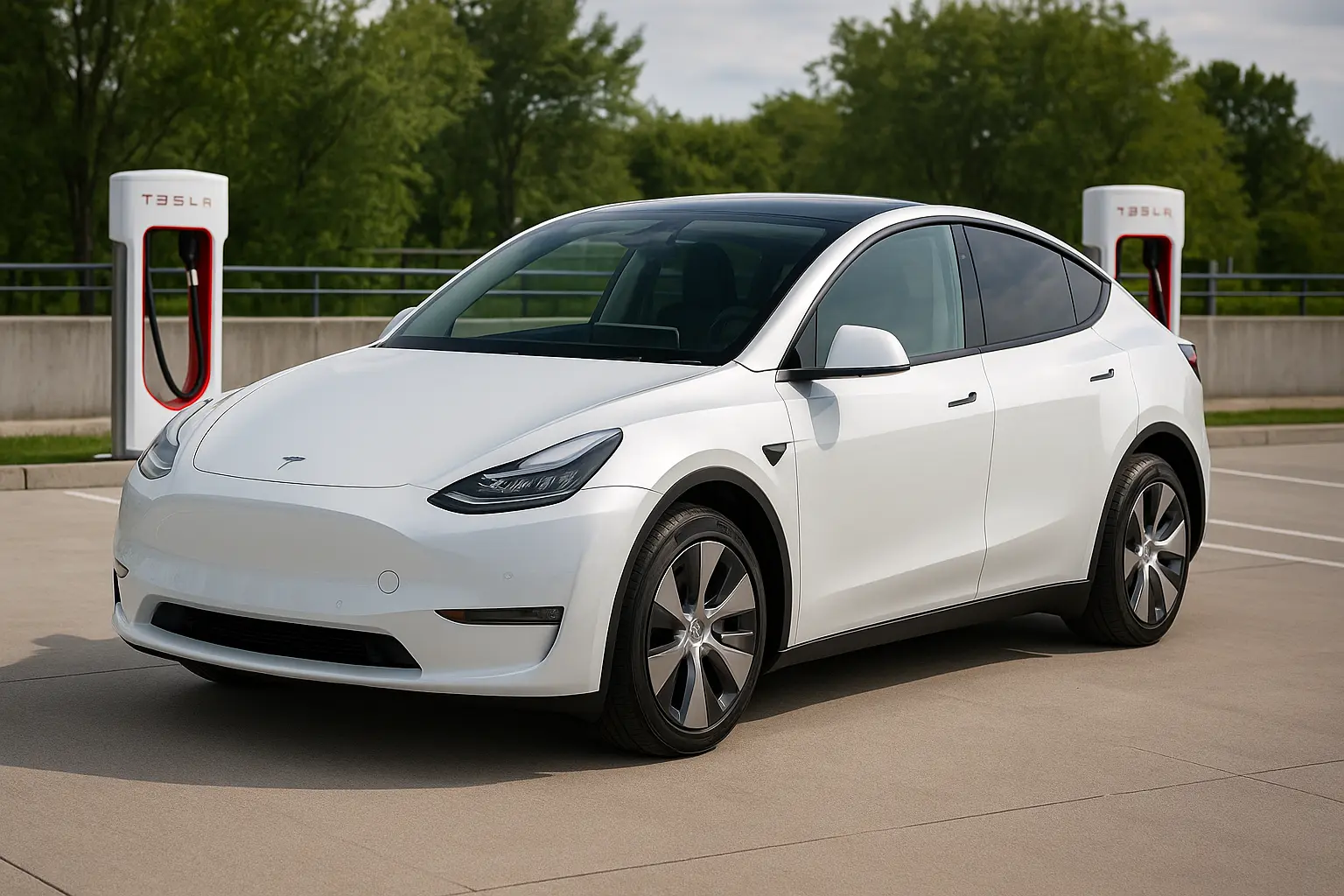How Far Can EVs Really Go on a Single Charge in Aussie Conditions?
Electric Vehicles (EVs) are fast becoming a common sight on Australian roads. With government incentives, growing public interest, and improving charging infrastructure, Aussies are seriously considering ditching petrol for electrons. But while EVs come with many benefits, one pressing question often remains:
How far can an EV really go on a single charge in Australian conditions?
It’s a question that’s more complex than a brochure range number. Australia's hot climate, long distances, variable terrains, and real-world driving habits can significantly affect EV range. This blog digs deep into real-world electric car range data, how driving conditions in Australia impact range, and which EVs truly shine when the rubber hits the red dirt.

1. Understanding EV Range: WLTP vs Real World
Most EVs advertise their range using the WLTP (Worldwide Harmonised Light Vehicle Test Procedure) standard. This is a lab-based test designed to reflect typical driving conditions across Europe. While it’s more realistic than the older NEDC (New European Driving Cycle), it's still not Aussie-specific.
WLTP Isn’t Everything
WLTP tests simulate a mix of city and highway driving over a set time.
No steep climbs, strong headwinds, 40°C days, or aircon blasting.
In real use, expect around 10–30% lower range than WLTP suggests in Australia.
What About EPA Ratings?
The U.S. EPA rating system tends to be more conservative than WLTP. If you see an EPA-rated range, it’s likely closer to real-world figures, but still not perfect for Australian landscapes.
2. Factors That Impact Real-World EV Range in Australia
1. Climate & Heat
Hot summers, especially in outback or tropical regions, can reduce battery efficiency.
Batteries perform optimally between 15–25°C.
Excessive heat activates battery cooling systems.
Using air conditioning can reduce range by 5–15%.
2. Terrain
Hilly areas like the Blue Mountains or Tasmania drain energy faster than flat coastal roads.
Ascents use more power.
Regenerative braking on descents helps but doesn’t fully offset the climb.
3. Speed
EVs are more efficient at lower speeds.
Driving at 110 km/h can consume 20–30% more energy than at 80 km/h.
Highway driving drains EVs quicker than stop-start city trips.
4. Load & Towing
Heavy cargo, passengers, and towing reduce range.
EV SUVs towing a caravan? Expect range to drop by up to 50%.
5. Tyres and Tyre Pressure
Incorrect tyre pressure reduces efficiency.
Eco tyres help reduce rolling resistance and improve range.
6. Driving Style
Aggressive acceleration, hard braking, and constant high speeds drastically reduce range.
3. Real-World Range Testing – What Aussie Tests Show
Australian car media outlets like Drive, CarsGuide, and CarExpert have conducted local tests showing EV range is significantly impacted here.
Sample Real-World Range Results (2025)
| Model | WLTP Range | Real Aussie Range | Drop % |
|---|---|---|---|
| Tesla Model Y Long Range | 533 km | 460 km | -13.7% |
| Hyundai Ioniq 6 Dynamiq | 614 km | 505 km | -17.7% |
| Polestar 2 Long Range | 610 km | 495 km | -18.8% |
| BYD Seal Premium | 570 km | 475 km | -16.7% |
| Kia EV9 GT-Line AWD | 512 km | 410 km | -19.9% |
| MG4 Excite 64 | 450 km | 370 km | -17.8% |
Note: Data collected across mixed conditions (urban, highway, hilly terrain, A/C on)
4. Best Long-Range EVs in Australia (2025)
Here are some of the most capable EVs when it comes to real-world range in Australian conditions:
1. Hyundai Ioniq 6 Dynamiq
Real Range: ~505 km
Sleek aerodynamic design aids efficiency.
Excellent thermal management for hot weather.
2. Tesla Model Y Long Range
Real Range: ~460 km
Advanced battery management and great efficiency.
Widespread Tesla Supercharger access boosts practicality.
3. Polestar 2 Long Range
Real Range: ~495 km
Refined driving dynamics with great range in urban + highway conditions.
4. Kia EV9 AWD
Real Range: ~410 km
Big 7-seater SUV with decent efficiency for its size.
5. BYD Seal Premium
Real Range: ~475 km
Solid value-for-money EV sedan with strong thermal efficiency.
5. Short-Range Urban EVs That Excel for City Use
For drivers mostly in metro areas, these more affordable EVs still offer usable range:
MG4 Excite 64
WLTP: 450 km | Real: ~370 km
Perfect for commuters and first-time EV buyers.
Nissan Leaf e+
WLTP: 385 km | Real: ~310 km
Well-suited for city errands.
GWM Ora Extended Range
WLTP: 420 km | Real: ~340 km
Quirky but practical with a budget price tag.
6. How to Maximise EV Range in Australia
Boosting range isn't just about driving slower. Here are pro tips to get the most from your battery:
✅ Use Eco Mode
Throttle response and A/C power are adjusted to maximise efficiency.
✅ Pre-condition Your Cabin While Plugged In
Pre-heat or pre-cool before unplugging, so you don’t burn battery while driving.
✅ Avoid High Speeds When Not Necessary
Stick to 90–100 km/h on highways where possible for best efficiency.
✅ Maintain Correct Tyre Pressure
Under-inflated tyres increase rolling resistance.
✅ Plan Routes With Regeneration in Mind
Use regenerative braking strategically on downhill stretches.
✅ Avoid Fast Charging Regularly
Frequent DC fast charging increases battery heat and degradation over time.
7. Charging Infrastructure and Its Role in Range Anxiety
Australia is rapidly expanding its charging network, which eases long-distance EV travel concerns.
Key Charging Networks:
Chargefox – Ultra-rapid chargers up to 350kW.
Evie Networks – Reliable DC charging stations along highways.
Tesla Superchargers – Exclusive to Tesla (some now opening to others).
Ampol AmpCharge / BP Pulse – Growing presence at fuel stations.
With careful planning, even regional and interstate EV travel is becoming more feasible.
8. EV Range Myths Debunked
Let’s clear up some misconceptions:
❌ EVs Can’t Handle Aussie Road Trips
✔️ With planning and awareness, even long drives from Sydney to Melbourne or Brisbane to Cairns are possible.
❌ All EVs Get Over 500 km Range
✔️ Only premium or aerodynamic EVs manage this. Most average 350–450 km in real-world use.
❌ Range Drops Only in Cold
✔️ Heat also reduces range due to thermal management systems and increased A/C use.
9. What Range Do You Really Need?
Here’s a rough guide for different use cases:
| Use Case | Suggested Minimum Real Range |
|---|---|
| Inner-city commuting | 250–300 km |
| Suburban with highway mix | 350–400 km |
| Long-distance regional trips | 450+ km |
| Towing / heavy load driving | 500+ km recommended (if available) |
10. Future of EV Range – What’s Coming?
Battery tech is evolving. Solid-state batteries and better energy densities are in the pipeline.
Coming Soon:
Toyota’s solid-state battery promises over 1000 km range.
BYD Blade Battery v2 will offer faster charging and improved heat handling.
Lightweight materials and better aerodynamics will extend range further.
Final Thoughts – So, How Far Can EVs Really Go in Australia?
In 2025, most EVs in Australia deliver 70–90% of their WLTP-rated range under typical Aussie conditions.
If you’re buying based solely on brochure specs, prepare to dial expectations back slightly. But with the right vehicle, driving style, and planning, range anxiety is more myth than reality.
Whether you’re commuting in Sydney or heading out for a coastal Queensland road trip, there’s likely an EV that fits your needs—and its range might surprise you.
Leave a comment
Your email address will not be published. Required fields are marked *




